
10 minute read
The Great Outdoors
Words | Adrian Mourby
Walking is good for us. When Bill Bryson made his epic journey along the Appalachian Trail, he was delighted by not only how much wisdom he gained, but by how much weight he lost. William Wordsworth used to tramp around the Lake District all day composing poems in his head before writing them down at home. Rousseau and Dickens both covered great distances on foot specifically in order to think. Our minds and bodies benefit from getting out into the countryside, sniffing the air and taking in the scenery.
It’s only when the British try hiking in other countries that we realise how very blessed this nation is with its National Trails and rights of access for walkers. There are fifteen of these major routes established by the National Trust and they are sacrosanct. No one can build their new house across a trail or take pot shots at you for trespassing on their land. All these routes are clearly marked with their own signage or the National Trust acorn symbol so you won’t get lost. Best of all, following these paths means you get to visit some beautiful village pubs and stay at some lovely hotels too.
Criss-crossing Britain’s National Trails there are smaller local routes. Take an Ordnance Survey map out into the British countryside and you’ll be amazed how often routes split off and subdivide, offering a seemingly infinite number of ways to get from A to B and back again.

Seeing Britain on foot is the best way to appreciate the extraordinary geographical variety in this country. From broad river-valleys to dense, deciduous woodland, from hilltop forts to wild heathland to flatlands that run all the way to the sea, each British county looks so different from its neighbours. And by the end of the day you’ll be feeling a lot fitter too.
THE RIDGEWAY SOUTHERN ENGLAND
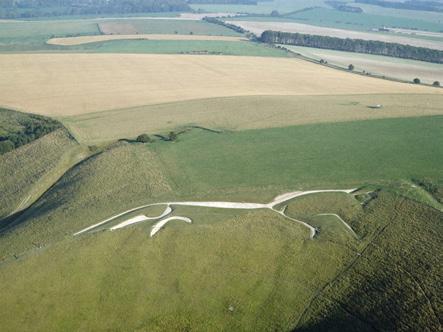
The White Horse at Uffington
The Ridgeway is a splendid 87-mile track from the standing stones of Avebury, Wiltshire to Ivinghoe Beacon in Buckinghamshire. In ancient times this track was a trading route that crossed England diagonally from the English Channel to the North Sea. Today it has the advantage for walkers of keeping mostly to high ground. This means that unlike many National Walks, you are up on the crests of hills much of the time, looking down on the patchwork wonder of England’s farmland. At one point you even pass Chequers, the country home of the British prime minister, where you can wave at the security cameras as they follow your progress. Other parts of the route take in the White Horse at Uffington, carved into the hillside during the Bronze Age, and a crossing of the Thames at Streatley.
Where to stay
The Greyhound Inn, Letcombe Regis
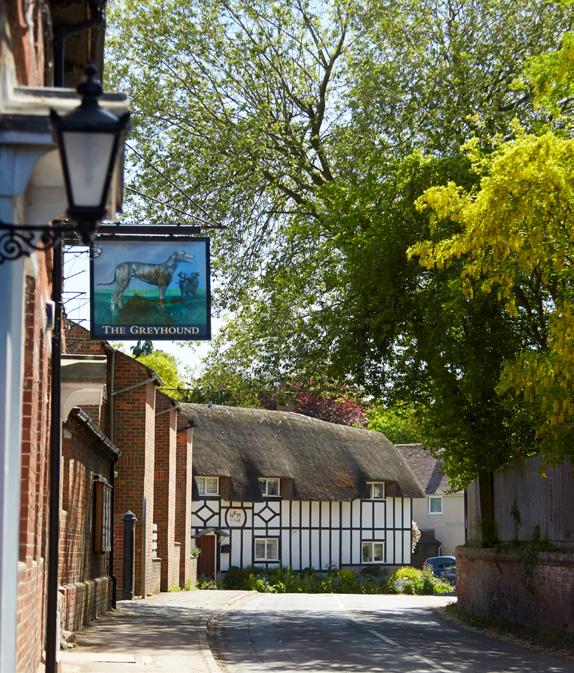
The Greyhound Inn, Letcombe Regis
The Greyhound at Letcombe Regis is a pleasant, welcoming brick-built Victorian pub very close to the Ridgeway. Walkers turn off at Segsbury Camp, one of a number of Iron Age earthwork forts that stand alongside the Ridgeway, and drop quickly down into the village. The Greyhound has eight comfortable bedrooms for travellers and serves excellent food.
THE NORFOLK COAST PATH EASTERN ENGLAND
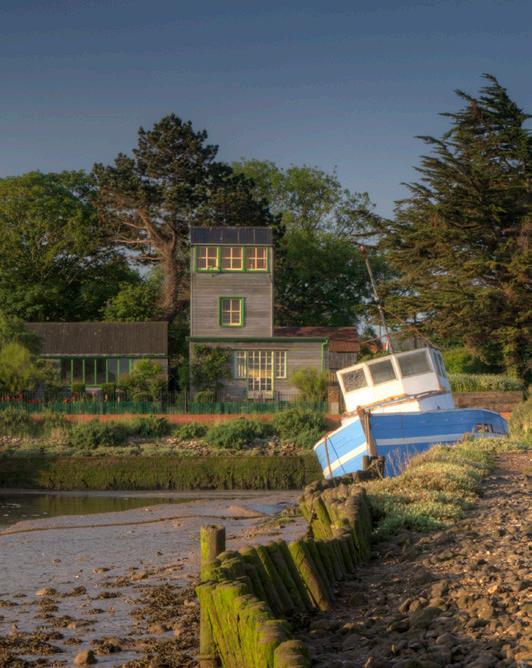
Incoming tide at Brancaster Staithe on the North Norfolk coast
The Norfolk Coast Path is an unusual National Trail because it consists of two very different sections, one of which is not coastal at all. The route starts inland at Knettishall Heath just outside Thetford and then follows a Roman road (now known as “Peddars Way”) to the coast at Hunstanton before running east along the Norfolk coast to Cromer. The whole route is 93 miles - and mostly flat. At one point it passes through The Brecks, remote heathland which is said to be one of the driest places in England. It’s a gorse-covered landscape with just the occasional Scots pine and unusual fauna like the rare - and very shy - golden pheasant. The second half of the route enjoys views of the North Sea which are not to be missed even if the weather is bracing.
Where to stay
The Chequers Inn, Thornham
Stay at Chequers in Thornham, an inn that dates back to the sixteenth century. It has a traditional low-ceilinged bar, large open fireplace and eleven dog-friendly bedrooms under the eaves upstairs. Thornham is perfectly situated for exploring the beaches of Brancaster and Holkham, as well as bird reserves at Titchwell and Holme, and the royal estate at Sandringham.
MALVERN HILLS MIDDLE ENGLAND
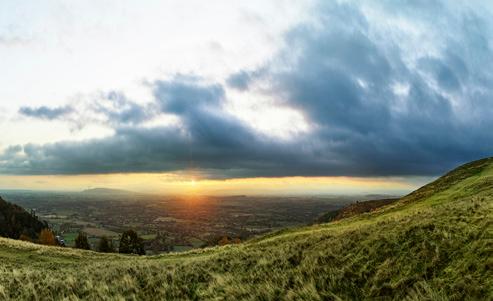
The hill fort of British Camp in the Malvern Hills, an Iron Age fort and extensive earthworks.
The landscape that inspired Sir Edward Elgar runs for seven miles, north to south along the ridge of the Malvern Hills. The composer could see this volcanic hill-range from his family home in Worcester. He is buried just below the hills at St Wulstan’s Church.
Unlike many of the great national trails, the Malvern Hills can be walked north to south in a day if you start early enough. There are a number of steep ascents but great views to be had overlooking the broad Severn Valley to the east and the rolling hills of Gloucestershire to the west. Half way along walkers pass the home of Sir Barry Jackson, founder of the Birmingham Repertory Theatre where Bernard Shaw was a frequent visitor. The country home of the Cadbury family of chocolate fame also lies nearby.
Just below Iron Age British Camp, the Malvern Hills Hotel provides great lunchtime sustenance for walkers.
Where to stay
The Cottage in the Wood, Malvern
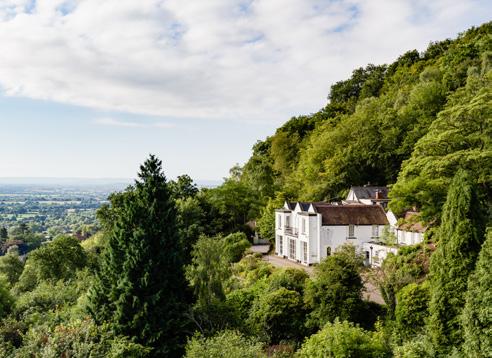
The Cottage in the Wood, Malvern.
The Cottage in the Wood was built as a dower house for the chatelaine of Blackmore Park. This 3,226-acre estate stood on the plain below the Malvern Hills but in 1921 the main house burned down. By 1919 the cottage up in the woods had already been turned into a restaurant. Today it offers 26 bedrooms - and has just been promoted from a Michelin Plate to a Michelin One Star.
THE SOUTH WEST COAST PATH SOUTH WEST ENGLAND

The South West Coast Path is the longest of Britain’s National Trails, a total of 630 miles of gorgeous sea views. It starts at South Haven in Dorset and runs west to Chesil Beach through Lyme Regis, of French Lieutenant’s Woman and Persuasion fame, and round Torquay, the fictional location of Fawlty Towers.
The origins of the pathway lie in the coastguard’s need to access every mile of the southwest coast while patrolling for smugglers but since 1978 its purpose has been wholly recreational. Half-way along the southern stretch of the route, near Salcombe, lies the abandoned RAF airfield of Bolt Head. Today this is just grassland but during World War II Bolt Head helped protect shipping in the English Channel. In the middle of the former airfield there's a memorial to 17 RAF service personnel killed here.
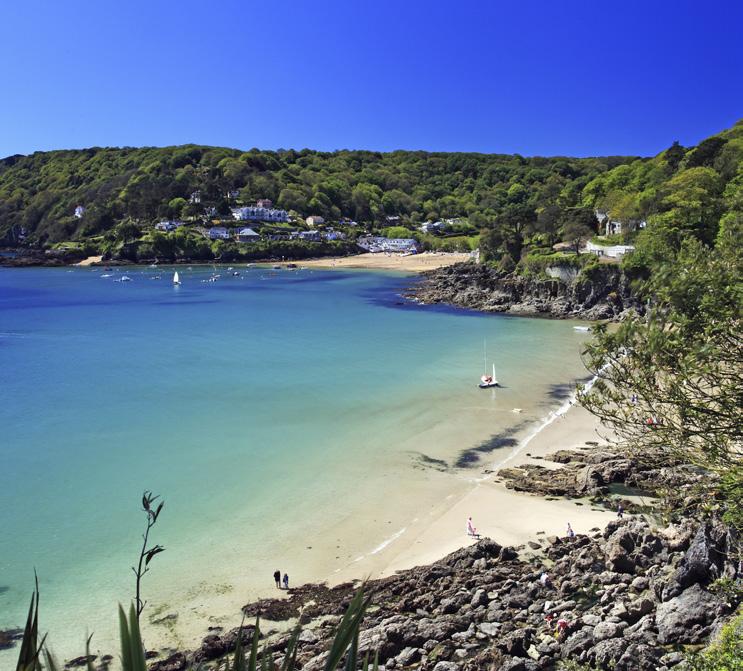
The pathway then continues on towards Cornwall, past Plymouth and through Polperro and Penzance, turning the corner at Land’s End and ending in Minehead.
Where to stay
The South Sands Hotel, South Devon
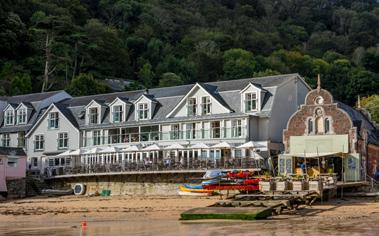
The South Sands Hotel
Near Salcombe sits South Sands on its own beach. This is a bright, white New England clapboard-style hotel with the delicious smell of wood-smoke rising from the fireplace in its bar.
At night you can hear the sea surging below the bedrooms as the tide comes in, and in the morning you wake up to stunning sea views.
THE COTSWOLD WAY SOUTH WEST ENGLAND
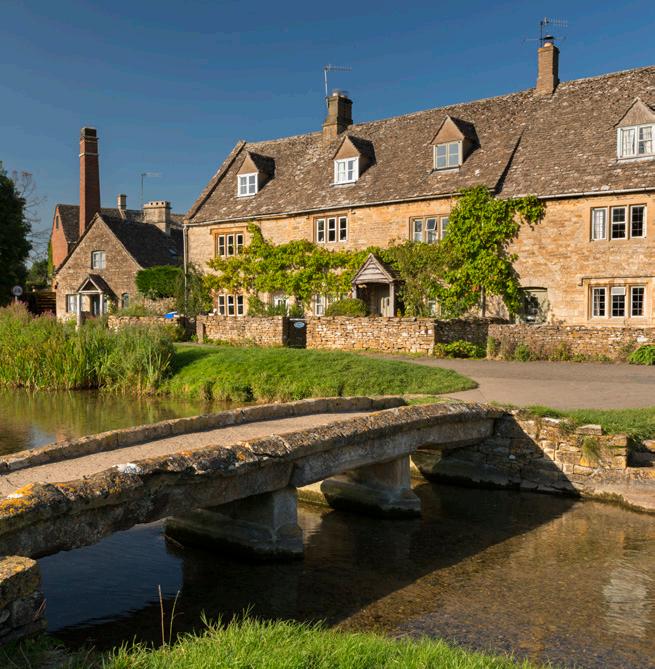
Traditional Cotswold stone cottages and stone footbridge in the Cotswolds village of Lower Slaughter
Starting in the Cotswold town of Chipping Camden, this 102-mile route passes through some glorious countryside with quite a few climbs. As well as skirting Cheltenham, Stroud and Old Sodbury, the walk takes in beauty spots like Hailes Abbey, Sudeley Castle and the site of the Civil War Battle of Lansdowne above Bath. Allow a week if you’re attempting the whole route. That said, in 2014 the entire 102 miles was run in 19 hours, 31 minutes by a member of the Swindon Harriers.
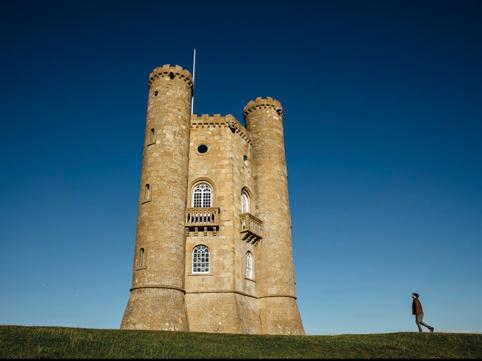
Broadway Tower
One of the best sections of the route is actually at its start in Chipping Camden. From here the walk climbs up to Broadway Tower, a tall stone folly built in 1799 so that Lady Coventry would have something imposing to see on the horizon from her home, 22 miles away in Worcester. To get there, walkers pass through tranquil, sheep-cropped fields where in 1612 the British made the first attempt in modern times to revive the Olympic Games. To this day shin-kicking - a little known “Olympick” sport - is still played annually in the fields between Chipping Camden and Broadway.
Where to stay
Kings Hotel, Chipping Camden
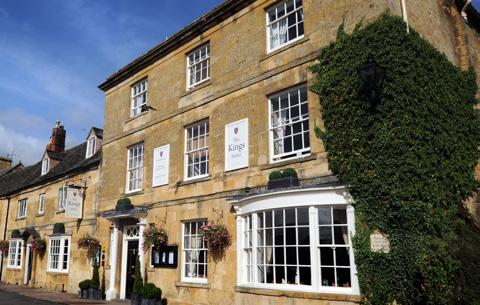
Kings Hotel, Chipping Camden
Stay at Kings Hotel, Chipping Camden, an amalgam of sixteenth and eighteenth-century townhouses overlooking the town’s main square and its mediaeval market hall. Kings has a reputation for fine-dining - and a haunted kitchen. Bedrooms are over the dining room or in an old cottage complex in the grounds. There is also a cocktail bar that mixes a mean martini.
HADRIAN’S WALL NORTHERN ENGLAND

UNESCO World Heritage Site of Hadrian's Wall
One of the most rugged and rewarding walks in Britain is along Hadrian’s Wall, the 74-mile stone barrier that the Romans built to keep the Picts and Scots out of England. Created in 2003, the Hadrian’s Wall Path runs ten miles longer, stretching literally from coast to coast, starting at Barrow in Furness on the Cumbrian coast and ending at the aptly named Wallsend near Newcastle. Except when passing through a few towns and villages, visitors follow not just the route of the second-century AD wall, but the vallum itself which is the longest Roman remain in Europe. Some keen walkers aim to complete it over a long weekend, but there is a lot of up and down. The Romans, believing in straight lines, when they came to a cliff or hill just went straight up and over it. Better to aim for a five-day trek and enjoy some of the agreeable hotels and inns along the way.
Where to stay
The String of Horses, Great Corby
The String of Horses is a traditional coaching inn six miles south of the wall near Carlisle. It dates from 1659 and is built around a large courtyard where tired steeds could be changed for fresh ones (hence the name “String of Horses”). Inside there is plenty of oak panelling and roaring fires in the evening. It’s everything you’d expect of a British coaching inn.
THAMES PATH EASTERN ENGLAND

The Thames Path is unique among Britain’s National Trails because it follows the royal river for almost all of its 184 miles, from the Cotswold hills where it rises, down through London to the Thames Barrier in Greenwich.
One of the loveliest sections of the path is from Oxford all the way down to Marlow. Do take the time to explore this lovely Buckinghamshire market town where the poets Percy Bysshe Shelley and T. S. Eliot lived (albeit 100 years apart). Both men were residents of Marlow’s West Street. Other writers to enjoy the Thames Path here include Shelley’s wife Mary, who completed her novel Frankenstein while living in Marlow in 1817. Jerome K. Jerome is said to have written parts of his comic novel, Three Men in a Boat at the Two Brewers, a pub on the banks of the Thames here.
Where to stay
The Compleat Angler Hotel
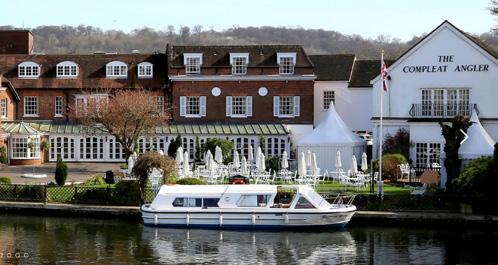
The Compleat Angler Hotel; The Thames Path.
Marlow Famed for its Indian cuisine, The Compleat Angler Hotel takes its name from Isaak Walton’s seventeenth-century classic about fishing.
It stands next to a chain bridge constructed in 1832 that resembles the famous Széchenyi Chain Bridge across the Danube in Budapest. The Bristol engineer, William Tierney Clark designed them both.
Love walking? Try these ..
Raise money join a Mighty Hike
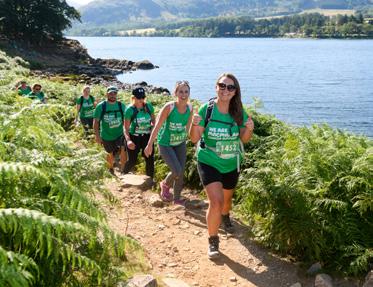
Macmillan Cancer Support - Mighty Hike
Experience some of the UK's most breathtaking scenery while also raisingmuch-needed funds for Macmillan Cancer Support by joining in with Mighty Hikes - a series of one-day hiking marathons in various locationsacross the UK. The South Coast Mighty Hike takes place on Saturday 6June 2020
Guided walking with HF Holidays
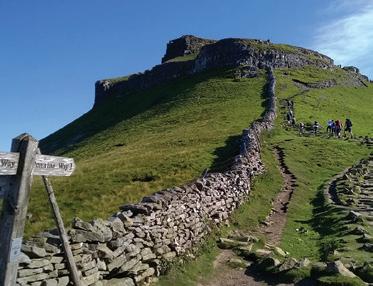
Guided walking with HF Holidays
Try a guided trail or walk with HF Holidays, walking & activity specialist. Their 800 volunteer experienced leaders bring location tolife with local knowledge and the best walking routes. UK prices start from £284 pp for 3 nights full board stay for more visit hfholidays.co.uk

